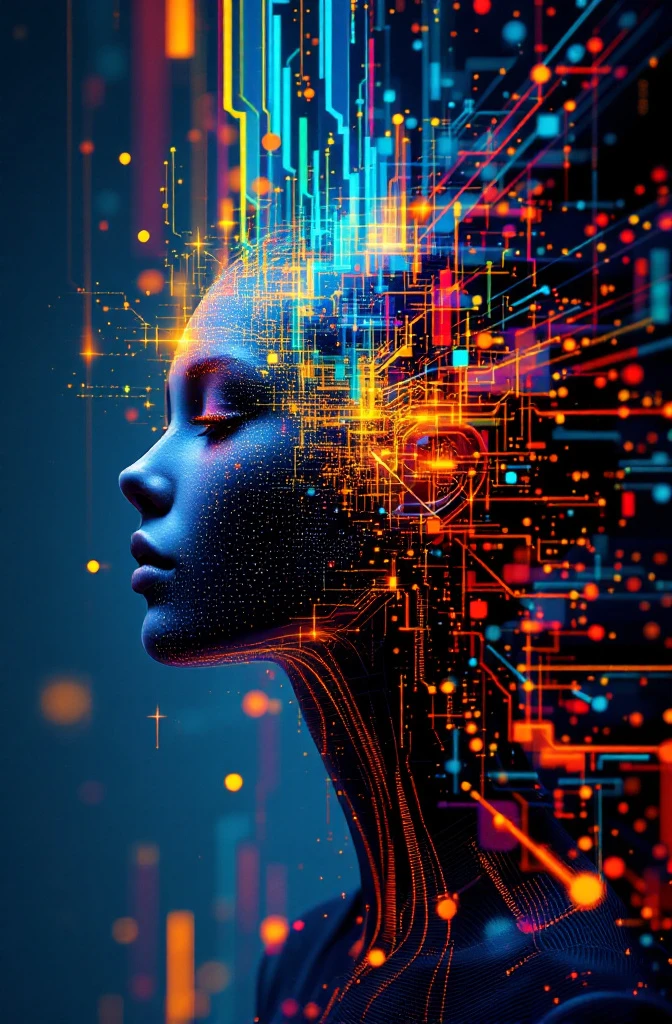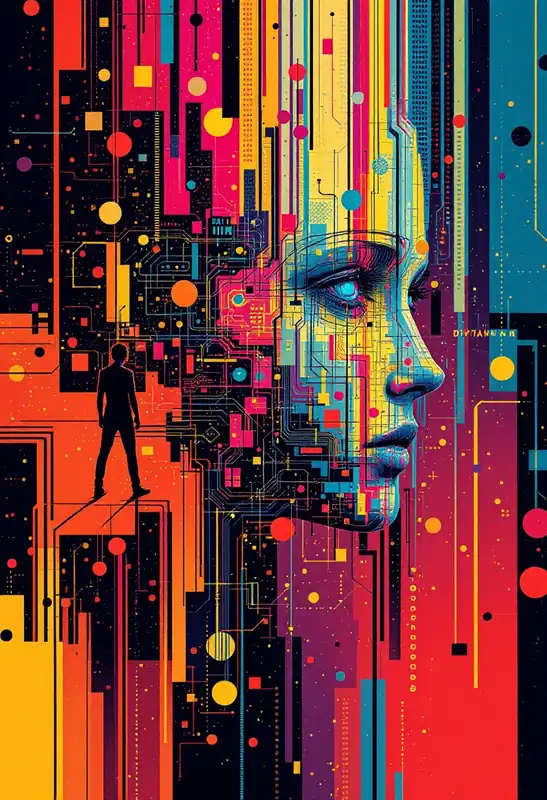
Digital Cousin
A dynamic, AI-enhanced digital representation that mirrors selected states and behaviors of a physical asset, system, or person to enable simulation, inference, and decision support across operational and design lifecycles.
A digital cousin is an intentionally partial, probabilistic counterpart to a physical entity that focuses on representing the features and behaviors most relevant to a specific analytic or operational question; unlike a full-fidelity digital twin, a cousin prioritizes lightweight, adaptive ML (Machine Learning) models, surrogate models and causal inference to support rapid what‑if analysis, personalization, and continuous adaptation under uncertainty. Architecturally it is implemented as a hybrid stack combining physics-informed or data-driven surrogate models, Bayesian state estimation (e.g., particle or Kalman filters), representation learning for multi-modal sensor and telemetry fusion, and uncertainty quantification (UQ) layers that feed optimization or RL (Reinforcement Learning) agents for decision support. Common applications include scaled predictive maintenance, scenario testing and counterfactual simulation in engineering systems, personalized clinical decision support in digital health (patient "cousins"), and fast virtual commissioning in industrial workflows; operational constraints often drive use of edge inference, federated learning for privacy-preserving personalization, and model distillation to maintain tractability. Key technical challenges—model calibration across domains, distribution shift handling, explainability of AI-driven predictions, provenance and verifiability of the digital thread—are active research areas that blend CPS (cyber-physical systems), ML, and systems engineering.
Approximate first appearances of the phrase trace to the mid‑2010s (≈2015) as practitioners and researchers sought a term to distinguish lighter, question‑focused replicas from full digital twins; usage and broader popularity rose through the late 2010s into the early 2020s as industry vendors and healthcare/IIoT projects adopted AI-driven, personalized modeling paradigms.
Foundational contributors include the digital‑twin origins credited to Michael Grieves (conceptualized in the early 2000s) whose work seeded the idea of paired physical–digital artifacts; industrial R&D teams at Siemens, GE Digital, Rolls‑Royce, ANSYS and Dassault Systèmes have driven practical tooling and vocabulary in industry. Academic communities in CPS, IIoT, and digital health (groups working on surrogate modeling, physics‑informed ML, causal inference, and privacy‑preserving learning) plus standards and consortia (industry standards bodies and IEEE/ISO working groups addressing digital‑thread and interoperability) have shaped best practices and propelled the term's adoption.


